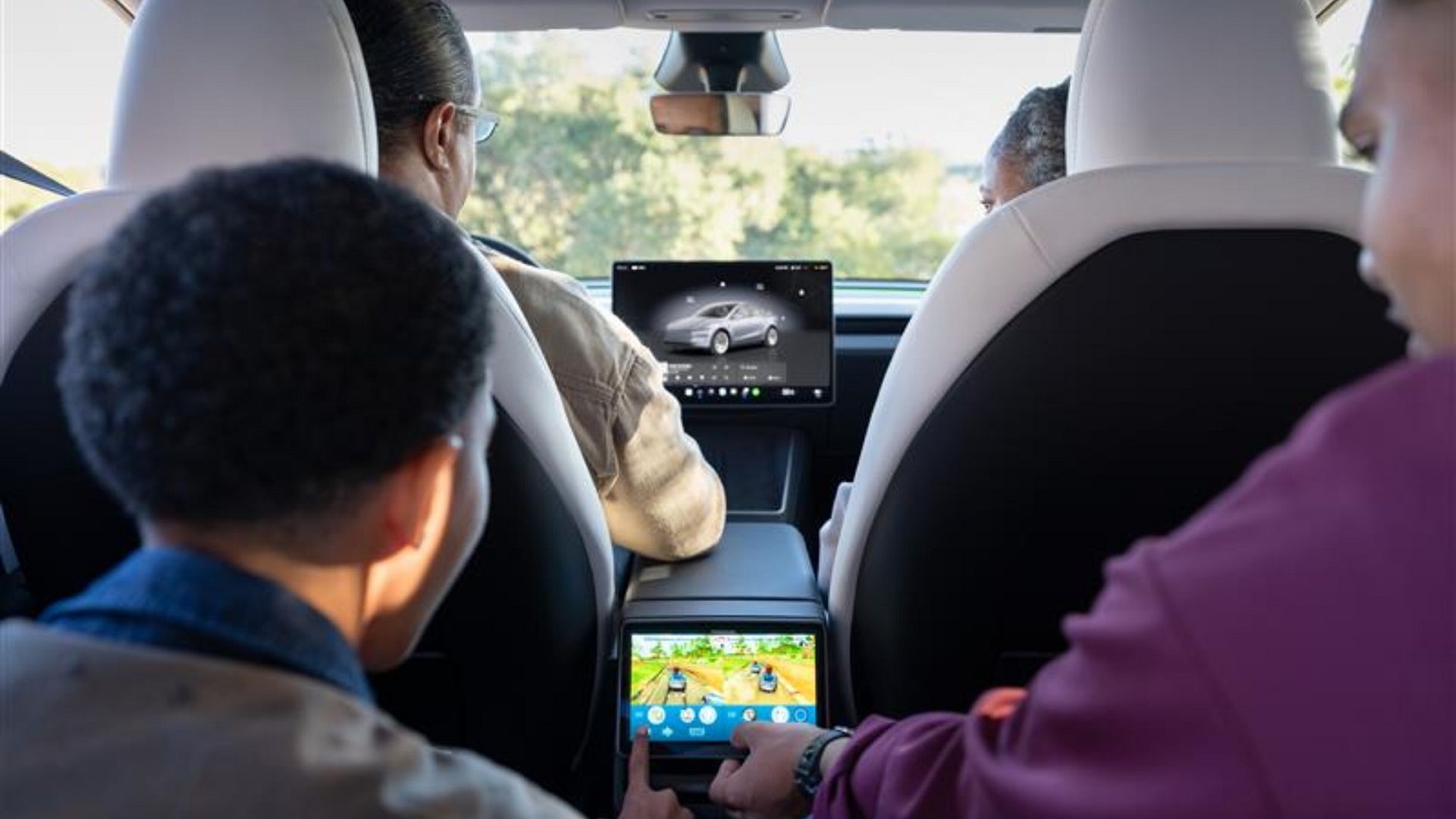Imagine conquering virtual worlds during your commute while your Tesla handles the road. This sci-fi scenario could become reality by year’s end. Elon Musk recently announced Tesla’s plan to enable video gaming during Full Self-Driving (FSD) operation—pending regulatory greenlights.
Is Gaming While Driving Safe? Tesla’s Regulatory Gamble
The pivotal question isn’t technical feasibility but legal approval. Musk confirmed on X (July 2024): “Probably 3 to 6 months, depending on regulatory approval in your city and state.” This caveat underscores the challenge: no region yet permits unsupervised autonomous driving. Current FSD systems legally require driver vigilance, with hands ready to take control.
National Highway Traffic Safety Administration (NHTSA) guidelines explicitly prohibit distracted driving during Level 2 automation—Tesla’s current FSD classification. Safety advocates like Cathy Chase, President of Advocates for Highway and Auto Safety, warn: “Treating vehicles as entertainment hubs risks normalizing dangerous complacency.” Tesla’s success hinges on achieving higher autonomy levels where human intervention is unnecessary—a milestone not yet reached.
From Parked Play to Moving Entertainment Hubs
Tesla’s gaming pivot follows years of cabin tech evolution:
- 2022: Steam integration allowed AAA gaming in parked Model S/X
- 2023: Theater mode expanded streaming services
- Mid-2024: Steam support quietly removed from new vehicles due to incompatible hardware
While older models retain gaming capabilities, gameplay remains restricted to stationary positions. Musk’s vision fundamentally rewrites these rules by pairing gaming with active transit—but only where FSD operates without restrictions.
Robotaxi Rollout: Testing Ground for Autonomy
The gaming feature aligns with Tesla’s Austin Robotaxi launch (April 2024), where driverless taxis ferry passengers at $4.20 per ride. Though safety operators currently ride shotgun, this real-world test bed demonstrates Tesla’s confidence in its autonomy stack. As Robotaxi services expand to new cities, they could become the first environments where gaming during transit gets authorized.
Industry analysts note the strategic synergy. “Robotaxis solve the regulatory catch-22,” explains AutoTrends Consulting’s Joe Phillippi. “By controlling the service environment, Tesla can demonstrate safety at scale—making consumer features politically palatable.”
Tesla’s gamble extends beyond entertainment: It’s betting that seamless autonomy will transform commuting hours into leisure time. But regulators hold the controller—and their approval will determine whether drivers can ever ethically press ‘start’ while the car steers.
Must Know
Q: When will Tesla enable gaming during driving?
A: Elon Musk targets late 2024, but only where Full Self-Driving receives full regulatory approval. Current timelines suggest 3-6 months pending location-specific authorization.
Q: Can all Teslas use this feature?
A: Only vehicles equipped with Full Self-Driving capability and compatible hardware. Newer models lack Steam support, though Tesla may introduce alternative gaming platforms.
Q: Is it legal to game while driving now?
A: Absolutely not. All current systems require driver attention. Violations risk fines under distracted driving laws, per NHTSA guidelines.
Q: How does Robotaxi relate to in-car gaming?
A: Tesla’s Austin Robotaxi service (2024) provides real-world data to prove autonomous safety—a prerequisite for regulators to approve distraction-enabled features.
Q: Will gaming drain the EV battery significantly?
A: Tesla’s gaming computers consume ≈200 watts—equivalent to running a laptop. Impact on range would be minimal during typical commutes.
Q: Could other automakers follow Tesla?
A: Mercedes’ certified Level 3 system allows in-car movies where approved. Industry-wide, autonomous capabilities will dictate entertainment options.
iNews covers the latest and most impactful stories across
entertainment,
business,
sports,
politics, and
technology,
from AI breakthroughs to major global developments. Stay updated with the trends shaping our world. For news tips, editorial feedback, or professional inquiries, please email us at
[email protected].
Get the latest news and Breaking News first by following us on
Google News,
Twitter,
Facebook,
Telegram
, and subscribe to our
YouTube channel.




